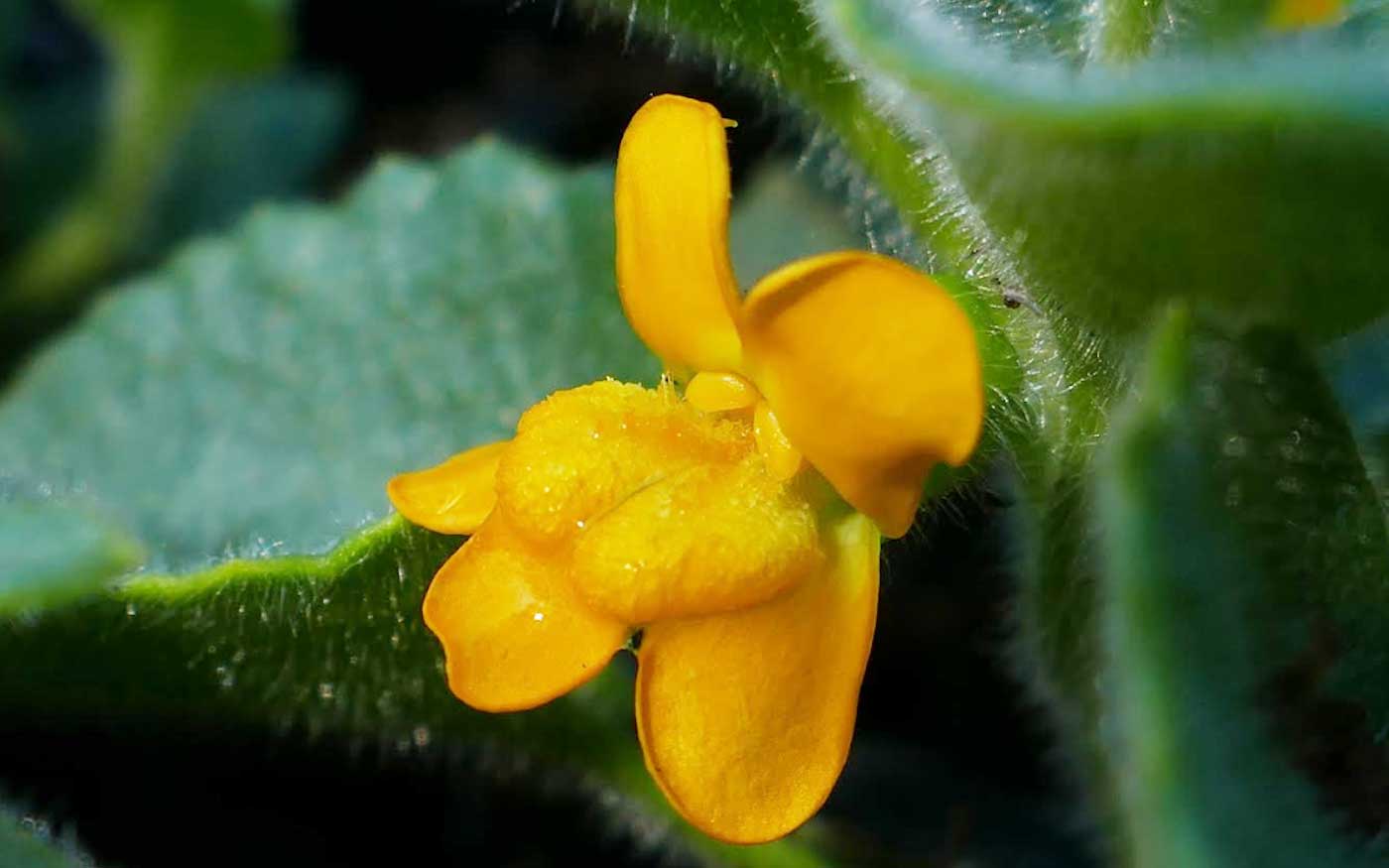English Español Français العربية
A literal seed of hope has blossomed in the midst of the COVID-19 pandemic thanks to the Mohamed bin Zayed Species Conservation Fund (MBZ Conservation Fund), where Razan Al Mubarak serves as the founding managing director, and the Botanical Garden of the University of Valencia in Spain.
As reported by World Atlas, a global news site with a focus on environment and science, the rare Gador Snapdragon has bloomed in a nursery for the first time ever - a miraculous step toward long-term survival for a critically endangered species with just five plants left in the wild.
The delicate bud emerged in the midst of the pandemic lockdown, as part of a project led by Dr. Jaime Güemes, director of the Botanical Garden of the University of Valencia, and with support of a critical grant from the MBZ Conservation Fund.
“This has been a difficult time for all of us, especially our grant recipients, many of whom were suffering from the economic and physical effects of the pandemic, said Razan Al Mubarak, founding director of the MBZ Conservation Fund. “When we received the email from Dr. Jaime Guemes with the news and the photo of the flowering plant, it was deeply heartening — a silver lining to an otherwise dark cloud. It reinvigorated our hope.”
The MBZ Conservation Fund operates on the principle that small actions can make a big difference. The organization provides microgrants to people working directly with endangered species in the field, and has supported more than 2,100 projects in over 160 countries, helping to reduce the threats to species, many of which are on the brink of extinction.
It learned of the new flower when it surveyed its grantees about the impact of the pandemic on their projects. Three-hundred conservationists in more than 80 countries responded, and while much of the news was bleak — 85% have had to suspend their conservation work — that single golden blossom represents a ray of hope that critical conservation must continue.
Read more about the Gador Snapdragon project at World Atlas.
